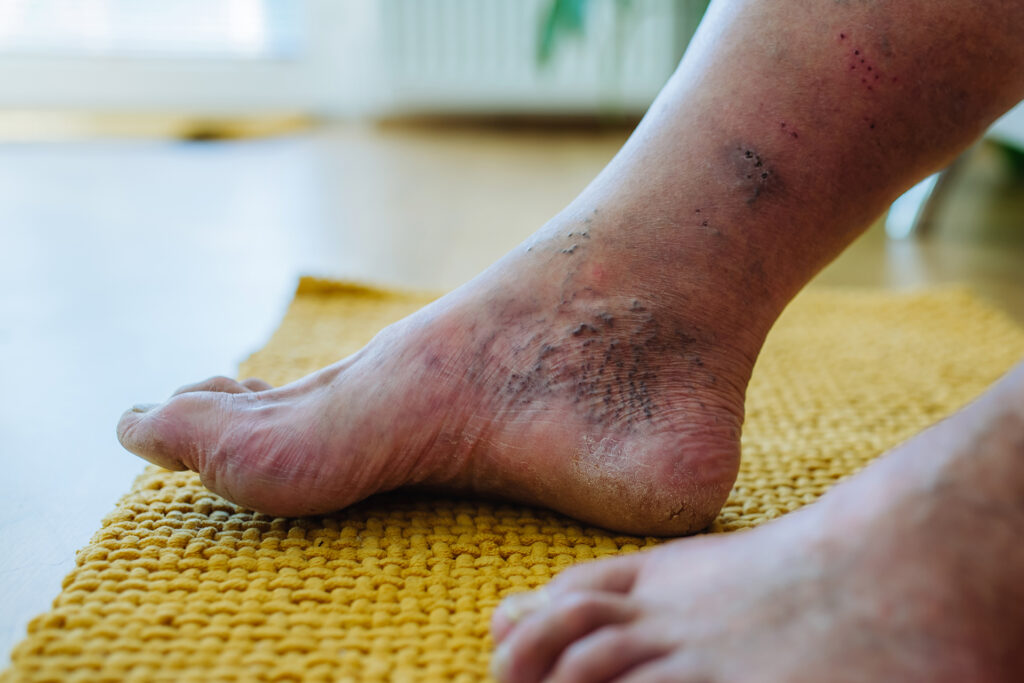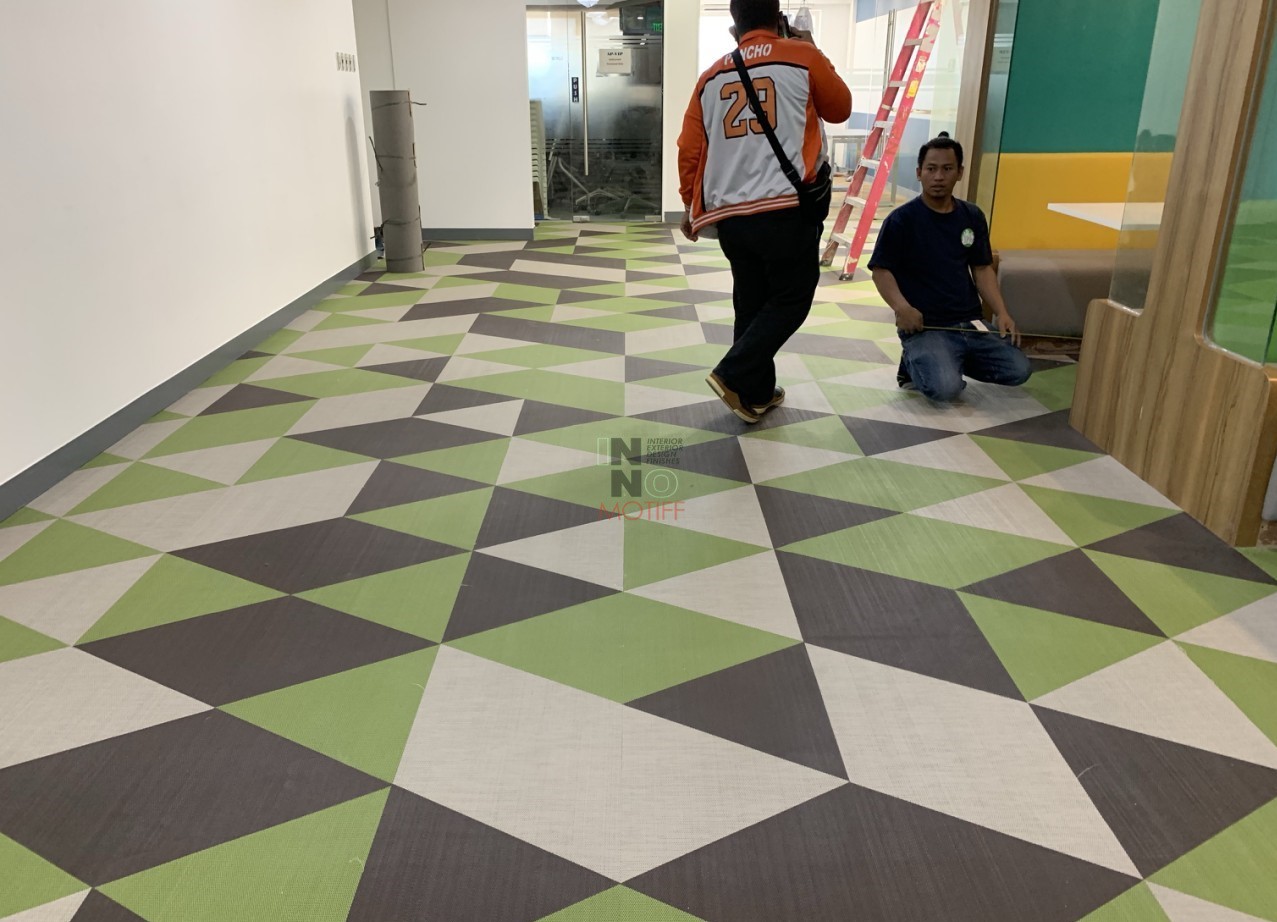Understanding Diabetic Foot Ulcers
Diabetic foot ulcers are open sores or wounds that occur in patients with diabetes, most commonly on the bottom of the foot. These ulcers develop due to a combination of factors, including diabetic neuropathy, poor circulation, and impaired immune response. Neuropathy reduces the ability to feel pain or pressure, allowing minor injuries to go unnoticed and progress into ulcers. Poor blood circulation slows down healing, making even small wounds a significant concern. Additionally, uncontrolled blood sugar levels increase the risk of infection and complications, potentially leading to hospitalization or amputation. Understanding the underlying mechanisms of diabetic foot ulcers is essential for effective care. Early recognition and intervention can drastically improve patient outcomes and reduce the risk of severe complications, highlighting the importance of comprehensive diabetic foot ulcer management.
Early Detection and Assessment
Early detection is critical for preventing minor foot injuries from developing into serious ulcers. Patients and caregivers should regularly inspect the feet for redness, swelling, blisters, or open sores. Medical professionals utilize a range of assessment techniques, including visual inspection, sensation testing using monofilaments, and vascular evaluation to determine blood flow to the foot. Classification systems, such as the Wagner and University of Texas scales, help categorize the severity of ulcers and guide treatment plans. Identifying high-risk areas, such as pressure points on the heel or ball of the foot, allows targeted intervention to prevent worsening of the wound. Routine assessments, both at home and in clinical settings, are essential for timely intervention. Implementing these practices is a cornerstone of comprehensive diabetic foot ulcer management and can prevent progression to more severe stages.
Preventive Measures for High-Risk Patients
Preventing diabetic foot ulcers begins with proactive measures, especially in high-risk patients. Daily foot care routines should include washing, drying, and moisturizing to maintain healthy skin integrity. Patients must inspect their feet for any changes or injuries, paying close attention to areas prone to pressure or friction. Proper footwear, including orthotic inserts and custom shoes, helps distribute pressure evenly and reduces the risk of ulcer formation. Lifestyle adjustments, such as maintaining blood glucose levels within a healthy range, quitting smoking, and engaging in regular physical activity, significantly lower the risk of foot complications. Education for patients and caregivers on proper foot care and risk factors is crucial. Incorporating these preventive strategies into daily routines forms a critical component of comprehensive diabetic foot ulcer management.
Treatment Approaches for Diabetic Foot Ulcers
Effective treatment of diabetic foot ulcers involves multiple approaches tailored to the patient’s condition. Wound care begins with thorough cleaning and the application of appropriate dressings to protect the ulcer and promote healing. Infection management is critical, as untreated infections can lead to severe complications; this may include topical antimicrobial treatments or systemic antibiotics. Debridement, the removal of dead or infected tissue, is essential for promoting new tissue growth and preventing infection spread. Offloading techniques, such as total contact casting or custom footwear, reduce pressure on the affected area and accelerate healing. Pain management and monitoring of underlying conditions, such as peripheral arterial disease, are also integral to treatment. Coordinated efforts from healthcare professionals, including podiatrists and endocrinologists, ensure the effectiveness of comprehensive diabetic foot ulcer management.
Advanced Therapeutic Options
For ulcers that are difficult to heal or complicated by infection, advanced therapies can enhance recovery. Growth factors and bioengineered skin substitutes support tissue regeneration and improve healing rates in chronic wounds. Negative pressure wound therapy (NPWT) applies controlled suction to remove excess fluid, stimulate circulation, and encourage tissue growth. Hyperbaric oxygen therapy increases oxygen supply to the wound, aiding cellular repair and reducing infection risk. In addition to these therapies, multidisciplinary care teams provide integrated treatment plans that address the patient’s medical, surgical, and nutritional needs. Research continues to explore innovative treatments that improve outcomes for patients with chronic diabetic foot ulcers. Utilizing these advanced interventions is a vital aspect of comprehensive diabetic foot ulcer management for patients who do not respond to conventional care.
Monitoring and Long-Term Management
Continuous monitoring is essential to ensure the successful healing of diabetic foot ulcers and prevent recurrence. Regular clinical assessments track the progress of wound healing, evaluate the effectiveness of treatments, and detect early signs of complications. Patients should also maintain self-monitoring practices, including checking for new lesions or changes in foot appearance. Long-term management focuses on controlling underlying diabetes, optimizing blood flow, and maintaining proper nutrition. Preventing recurrence requires patient education, adherence to treatment plans, and consistent use of protective footwear. Collaboration between patients, caregivers, and healthcare professionals ensures a proactive approach to ongoing foot care. These strategies form a central part of comprehensive diabetic foot ulcer management by reducing long-term complications and enhancing quality of life.
Addressing Psychological and Emotional Impacts
Dealing with chronic wounds and the risk of amputation can take a significant emotional toll on patients. Anxiety, depression, and reduced mobility often accompany long-term ulcer care, affecting overall well-being. Encouraging adherence to treatment plans through education, emotional support, and patient engagement is critical for positive outcomes. Healthcare providers should consider the patient’s mental health alongside physical healing, offering counseling or support groups when necessary. Involving family members and caregivers can strengthen motivation and ensure consistent care. Addressing these psychological aspects improves adherence to preventive measures and enhances recovery rates. Recognizing the emotional challenges associated with diabetic foot ulcers is an essential element of comprehensive diabetic foot ulcer management.
Frequently Asked Questions (FAQ)
What are the first signs of a diabetic foot ulcer?
Early signs include redness, swelling, warmth, pain, blisters, or open sores. Minor cuts or abrasions that fail to heal within a week or two should be evaluated immediately.
How often should foot exams be performed in diabetic patients?
Patients should perform daily self-examinations, and healthcare professionals should conduct detailed assessments at least once a year. High-risk individuals may require more frequent monitoring.
Can diabetic foot ulcers heal without surgery?
Many diabetic foot ulcers can heal with proper wound care, infection management, offloading, and advanced therapies. Surgery is reserved for severe or non-healing ulcers.
What lifestyle changes can reduce the risk of foot ulcers?
Maintaining blood glucose control, quitting smoking, wearing appropriate footwear, engaging in regular exercise, and adhering to daily foot care routines are essential preventive measures.
How does a multidisciplinary team improve outcomes for patients with diabetic foot ulcers?
A multidisciplinary team integrates medical, surgical, and rehabilitative care, ensuring all aspects of the patient’s condition are addressed. This collaborative approach accelerates healing and reduces complications.









